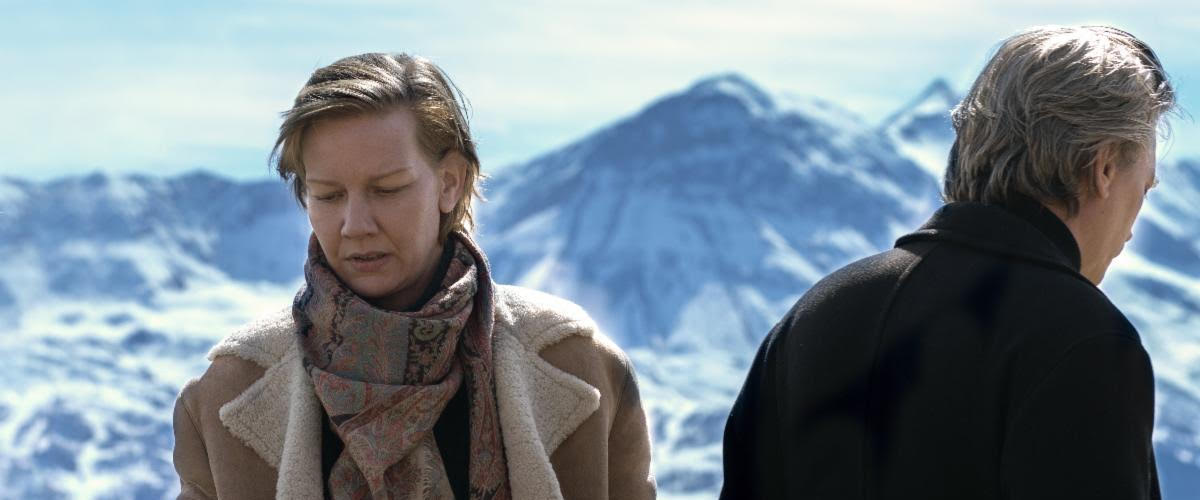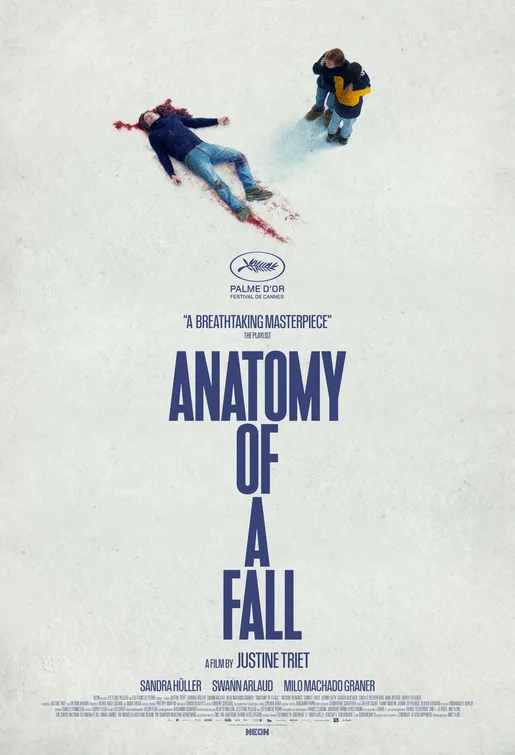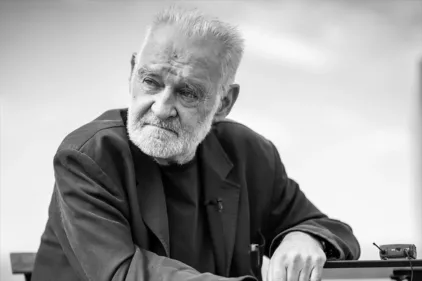It turns out that there’s still life in the courtroom drama if it’s a marital one, too. Justine Triet’s “Anatomy of a Fall” starts with a traditional mystery but becomes an analysis of a different kind of fall than the literal one at its center. It’s about the decline of a partnership and how often these marital falls can happen in slow-motion, over years of resentments and betrayals. At its center is a stunning performance from Sandra Hüller, possibly the best of the year, as a woman who finds herself in the middle of a nightmare when a French court indicts her for the murder of her husband. This movie won the Palme d’Or at the Cannes Film Festival this year because it’s more than a mere mystery—it’s an examination of a marriage from all angles while embedding the idea that we can never fully comprehend anyone but ourselves. It’s a daring, long film that sometimes feels too chilly and self-indulgent, but it builds to a series of scenes that hit like a punch. Or when a fight with a partner goes a little too far.
Hüller plays Sandra, who is introduced by giving an interview about her life as a famous author—Triet’s film plays fascinatingly with the idea that writers inherently use the people around them in a way that makes them unique, making the profession of her protagonist important (and I don’t think it’s coincidental her lead couple share the names of their performers). As the interview goes on and gets arguably a bit flirtatious, loud music begins to pump from above in this remote, snow-surrounded cabin in the French Alps. It’s her husband Samuel (Samuel Theis), playing an instrumental version of 50 Cent’s “P.I.M.P.” of all things. On repeat. And louder and louder. He’s aggressively trying to derail the interview, and he succeeds. The interviewer leaves, and their son Daniel (Milo Machado Graner) takes the dog Snoop for a long walk. When he returns, he finds Samuel in the snow, a bloody wound in his head. Did he fall from the attic in which he was working? Did he jump? Or was he pushed?
For the next two-and-a-half hours, “Anatomy of a Fall” almost procedurally details the investigation and trial around Samuel’s death. Every decision made not just that day but over much of their marriage is scrutinized by people who have never met Sandra, Samuel, or Daniel. Rarely has a film captured how much personal baggage comes flying out when a death is ruled inconclusive. Samuel’s therapist testifies that he wasn’t suicidal, but, of course, he only saw what Samuel wanted to show him. The interviewer is asked to comment on the state of a woman she just met that day. What does she know about their lives? We only ever see part of a person’s mental state. At times, it feels like Sandra’s personality is on trial. Then again, some evidence that she’s responsible is pretty compelling.
It may sound like Triet is playing a mystery game with “Anatomy of a Fall,” but she’s never manipulative or withholding, and the film actually improves when one casts aside a bit of the gamesmanship that a lesser filmmaker would have relied upon when telling this story. Yes, there’s a puzzle to be solved here, and I believe it does get solved, but that’s not what matters. Triet is trying to interrogate how couples communicate or fail to do so and what that failure can lead to in the end. It’s important that neither Sandra nor Samuel speak in their native tongue—they find common ground in English—and that Daniel suffers from reduced eyesight from an accident. We don’t fully understand each other. We don’t fully see each other.
Hüller is stunning, keeping much of Sandra’s motives and half-buried skeletons internal. She has clearly considered every aspect of this character—it’s such a calibrated, lived-in performance that one can feel the backstory work in almost every scene. How does a woman like Sandra arrive at a point where her husband is suddenly dead and her entire life is on trial? And what does that do to her? She never resorts to melodrama, so when the film emotionally climaxes in an intense flashback, it’s shattering in its realism. There’s a vastly inferior version of “Anatomy of a Fall” that leans on overcooked melodrama and mystery—this one is all about character, and it’s the trust between Triet and Hüller that grounds every single scene and holds it all together.
Sometimes, it seems like 151 minutes is more than this story needs, but that length adds to how this is more like literature than genre storytelling. The length lets us really feel the cold in Sandra and Samuels’ home—the chill in the air from both the snow outside and the warmth that has drained from this family. How do we get over resentment? Infidelity? The sense that we don’t trust our partners? Or, worse, that they don’t care? “Anatomy of a Fall” asks deep questions about its characters, but gains its most power by recognizing it doesn’t have all the answers.
This review was filed from the Toronto International Film Festival. “Anatomy of a Fall” opens on October 13th.




















